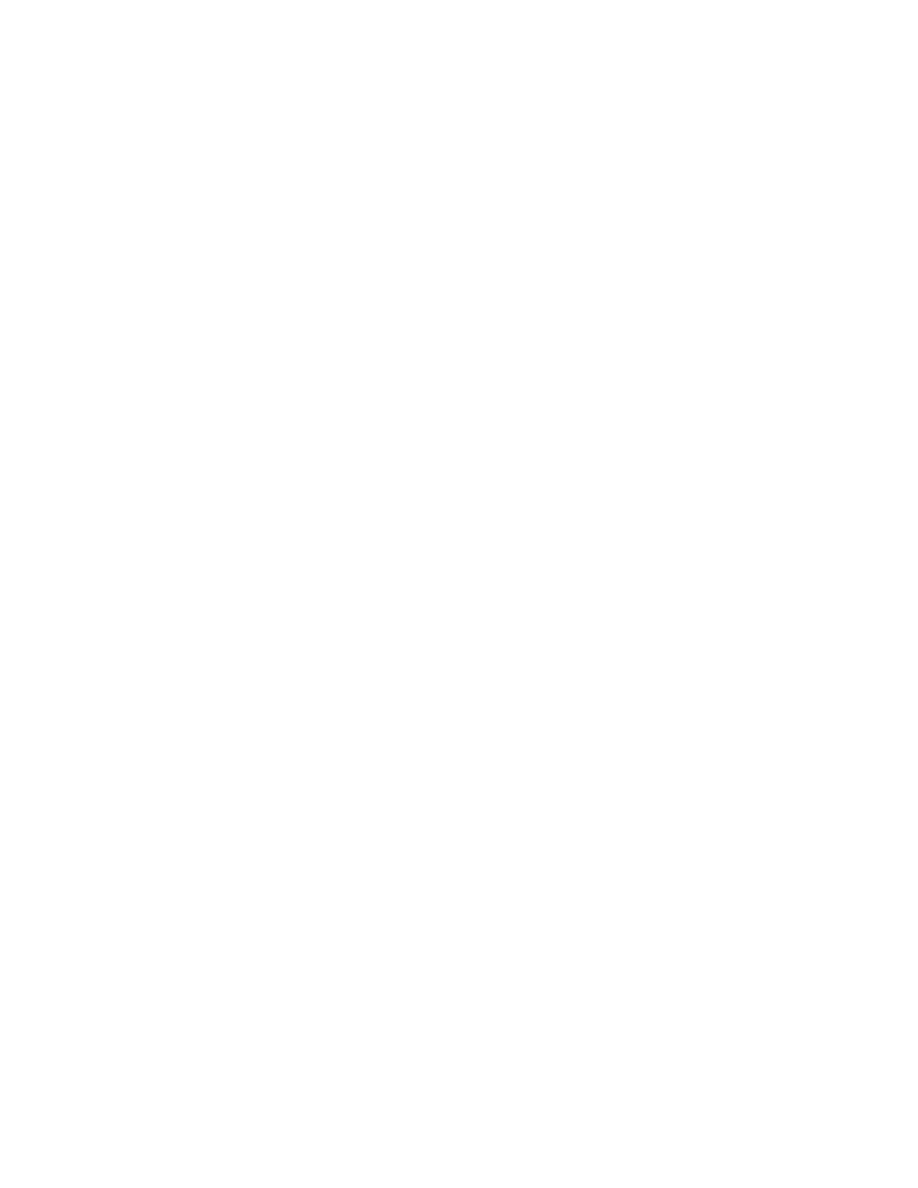Bronco L6-300 4.9L VIN Y 1-bbl (1983)

Fig. 4 Exploded view of 8.8 inch ring gear axles. Models w/anti-lock brakes
1.
Remove axle cover, Figs. 1 through 4, then wipe lubricant from internal working parts and visually inspect parts for wear or damage.
2.
Rotate gears to check for any roughness, which indicates damaged bearings or gears.
3.
Check ring gear teeth for signs of scoring, abnormal wear, nicks or chips.
4.
On models with 8.8 or 10.25 inch ring gear, proceed as follows:
a. Using dial indicator, check ring gear backlash and ring gear back face runout. Backlash should be .008---.015 inch and back face runout
should be under .004 inch.
b. Do not use contact pattern as a guide to check for noise. Check for proper gear set assembly using pinion depth gauge tool to determine
correct pinion shim required to ensure acceptable running condition.
5.
On models with 6 3/4 or 7 1/2 inch ring gear, test ring gear runout as follows:
a. Install suitable dial indicator and zero indicator, then rotate ring gear and record reading.
b. If reading exceeds .003 inch, check for improper torque of ring gear bolts or dirt between ring and case.
6.
If reading still exceeds .003 inch after step 5b, diagnose ring gear runout as follows:
a. Remove ring gear. 1987 Bronco II models with anti-lock brakes use an exciter ring located on the ring gear assembly. Removal of the exciter
ring is not necessary when removing ring gear on this model.
b. On models with 6 3/4 inch ring gear, install left case on right and tap them together, then place differential cups on differential bearing cone
and roller.
c. On all models, place differential assembly in carrier casting. On models with 6 3/4 inch ring gear, two bolts and nuts must be installed to
hold case halves together.
d. Install .265 inch shim on left side as guide.
e. Install left bearing cap and tighten bolts finger tight.
f.
Install progressively larger shims on right side until largest shim selected can be assembled with a slight drag feel. Apply pressure toward
left side to ensure that bearing cup is seated.
g. Install right side bearing cap and torque differential bearing cap bolts to 70---80 ft. lbs., then rotate assembly to ensure free rotation.
h. Check runout of differential case flange with dial indicator. If runout is within .003 inch, install new ring and pinion gear. If runout exceeds
specifications, trouble is due to either a damaged case or worn bearings.
i.
Remove differential case from carrier and the differential bearings from case.
j.
Install new differential bearings on case hubs and install differential assembly in carrier less ring gear.
k. Check case runout. If runout is within .003 inch, use new bearings for reassembly. If runout is still excessive, case is damaged and must be
replaced.
7.
Remove axle shafts.
8.
Mark relationship of driveshaft end yoke and axle companion flange for proper assembly, then disconnect driveshaft at rear axle universal joint.
9.
Install inch pound torque wrench on pinion nut and record torque required to maintain rotation of pinion through several turns.
10.
Using suitable tools, hold companion flange and remove pinion nut.
11.
Clean area around oil seal and place drain pan under seal.
12.
Mark relationship of companion flange to pinion shaft for proper assembly, then, using suitable puller, remove companion flange.
13.
Using suitable tool, remove pinion oil seal.
14.
Mark one differential bearing cap to ensure proper positioning of caps during assembly. Do not interchange left and right bearing caps.
15.
Loosen differential bearing cap bolts and bearing caps, noting direction of triangles on bearing caps for proper assembly.
16.
Pry differential case, bearing cups and shims out until they are loose in bearing caps, then remove bearing caps and pry differential assembly from
carrier. When using pry bar, place a wood block between pry bar and axle housing to protect casting face from damage.
17.
Using suitable mallet, drive pinion out of front bearing cone and remove through rear of carrier casting.
18.
Using suitable tools, remove pinion rear cone and roller bearing assembly, then, using micrometer, measure and record thickness of shim found
under bearing cone.
19.
Remove damaged pinion bearing cups from carrier by tapping alternately with brass drift on opposite sides of cups to prevent cups from cocking
in casting.
Axle Housing, Replace, Ford Integral Carrier
1.
Remove four backing plate nuts from each side of axle and wire backing plate aside.
2.
Remove vent hose from vent and vent from brake junction block on rear axle housing.
3.
Remove brake line from clips on axle housing and remove brake junction block. Do not open brake lines when removing junction box.
4.
Support rear axle housing on suitable jack and remove U-bolt nuts and plates.
5.
Disconnect lower bolts on shock absorber mounting bracket and remove housing from vehicle.
6.
Reverse procedure to install. Torque U-bolt nuts to 75-100 ft. lbs. on 1983 F-100-350 & Bronco; 75-105 ft. lbs. on 1983 E-100-150 and 1984-87
E-250; 75-115 ft. lbs. on 1984-87 models exc. F-250 4 2 chassis cab and E series; 150-180 ft. lbs. on 1983 E-250 and 1983-87 E-350; and
150-210 ft. lbs. on 1983 and 1986-87 F-350 and 1984-87 F-250 4 2 chassis cab. Torque shock absorber lower bolts to 40-60 ft. lbs. on Econoline
models, and 40-64 ft. lbs. on all other models. Torque backing brake attaching bolts to 20-40 ft. lbs. on F-100-150 models, and 50-70 ft. lbs. on
E-250 & F-250 models with 4050 lb. axle. No gaskets are required on brake backing plate.
Ford Removable Carrier
